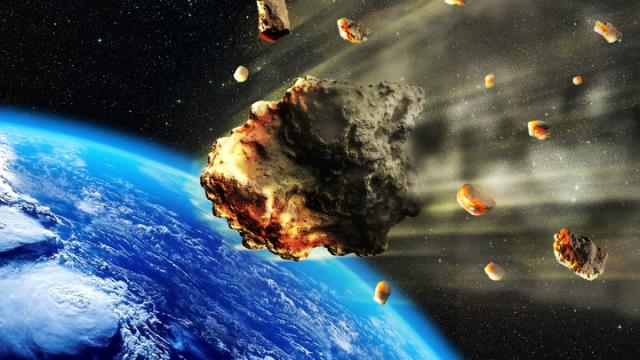2 meteor showers are set to peak in the coming days. One could produce dazzling fireballs
It's meteors galore this season, as two meteor showers are expected to peak this weekend, giving North Americans in the south the best views.
The Delta Aquariids and Alpha Capricornids are predicted to peak on July 30 and 31, sending ancient asteroid bits and comet particles streaking across the night sky.
The spectacular Delta Aquariids meteor shower, which converges with the well-known Perseids, has been flying for weeks, but the peak means up to 15 to 20 meteors per hour could appear in a dark sky with no moon, according to EarthSky. The shower itself, however, is set to last until late August.
Although the Aquariids are more visible in the southern hemisphere, Americans, especially those in the south, will still be able to get a glimpse. The best time to see the Delta Aquariid shower is around 2 a.m. when the meteor shower's radiant is at its highest. The light from these faint meteors may be outshone by a nearly full moon, per EarthSky, but viewing near the moonset can also help offset this. . ."
The Delta Aquariids and Alpha Capricornids are predicted to peak on July 30 and 31, sending ancient asteroid bits and comet particles streaking across the night sky.
The spectacular Delta Aquariids meteor shower, which converges with the well-known Perseids, has been flying for weeks, but the peak means up to 15 to 20 meteors per hour could appear in a dark sky with no moon, according to EarthSky. The shower itself, however, is set to last until late August.
Although the Aquariids are more visible in the southern hemisphere, Americans, especially those in the south, will still be able to get a glimpse. The best time to see the Delta Aquariid shower is around 2 a.m. when the meteor shower's radiant is at its highest. The light from these faint meteors may be outshone by a nearly full moon, per EarthSky, but viewing near the moonset can also help offset this. . ."
The Perseids meteor shower peaks tonight. Here's what you're actually seeing during a meteor shower.
Watch
Whether it's the Perseids meteor shower in August or the Leonids in November, meteor showers are one of those light shows we can always count on year after year. And that regularity has everything to






No comments:
Post a Comment